|
| |
|
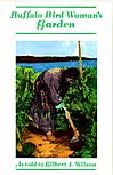
 |
Buffalo Bird Woman's Garden
as told to Gilbert L. Wilson
A Hidatsa Native American born around 1839, Buffalo Bird Woman was an
expert gardener. In this book, first published in 1917, she shared her
horticultural secrets, describing a year in the garden near the Missouri
River in North Dakota. Included are traditional gardening methods from
preparing and planting fields through cultivating, harvesting, & storing
foods. Seeds that she grew include corn, sunflowers, squash, beans and
tobacco. This book is a favorite of our customers covering a wealth of
songs, stories, ceremonies and recipes. |
|
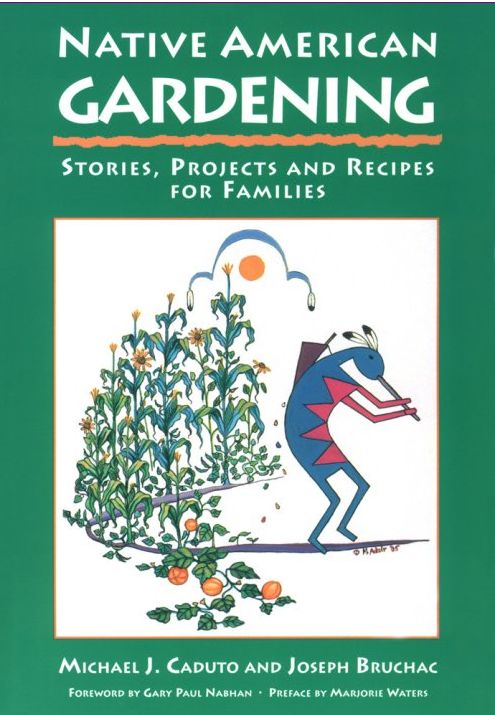
 |
Native American Gardening
Stories,
Projects, and Recipes for Families
by Michael J. Caduto & Joseph Bruchac
Combining the magical world of
stories with gardening, Caduto and Bruchac provide information needed to
pursue “Three Sisters” gardening: growing the traditional Native garden of
corn, beans, and squash. Readers will learn about the relationships between
people and the gardens of Earth, seed preservation, Native diets and meals,
natural pest control, and the importance of the Circle of Life. |
|

 |
Indian Givers
How the
American Indians Transformed the World
by Jack Weatherford
As entertaining as it is
thoughtful....Few contemporary writers have Weatherford's talent for making
the deep sweep of history seem vital and immediate — The Washington
Post
After 500 years, the world's huge
debt to the wisdom of the Indians of the Americas has finally been explored
in all its vivid drama by anthropologist Jack Weatherford. He traces the
crucial contributions made by the Indians to our federal system of
government, our democratic institutions, modern medicine, agriculture,
architecture, and ecology, and in this astonishing, ground-breaking book
takes a giant step toward recovering a true American history. |
|
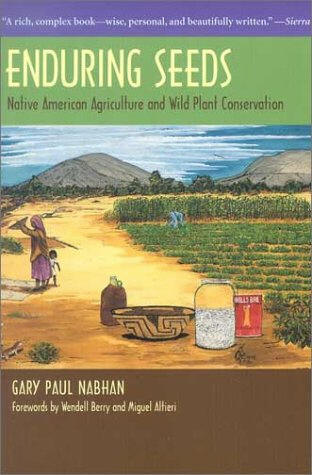
 |
Enduring Seeds
Native America Agriculture
and Wild Plant Conservation
by Gary Paul Nabhan
In a series of beautifully written
essays about Native American agriculture and wild plant conservation, Gary
Paul Nabhan addresses the importance of conserving wild plants, the
difficulties Native American peoples have had in preserving their
agricultural traditions and current wild plant conservation efforts in North
America.
From Publishers
Weekly
Few of us are familiar with the
Okeechobee gourd of the wild sunflower (Helianthus exilus) yet these
plants are the source of improved garden squash and sunflowers. We need to
draw on wild plants for certain qualities resistance to disease, insect and
drought, tolerance to salt in the soil; the current rate of vegetation
destruction in diminishing the availability of wild plant resources. Nabhan,
assistant director of Phoenix's Desert Botanical Garden and author of The
Desert Smells Like Rain , here discusses desert ecology, native American
agriculture and wild seed conservation. He looks at centuries of plant
culture in the Southwest and takes us to dry tropical forests of Central
America where seed agriculture probably originated. Nabhan focuses on
specific crops: wild rice, sunflowers, gourds and the factory turkey;
the latter exemplifies a shallow gene pool (Indians bred turkeys selectively
for feathers). Nabhan also reports on seed-conservation groups and their
efforts to re-introduce old seeds into the ecosystem. This is for readers
interested in ecology, especially for gardeners, farmers, botanists.
Product Description
As biological diversity continues
to shrink at an alarming rate, the loss of plant species poses a threat
seemingly less visible than the loss of animals but in many ways more
critical. In this book, one of America's leading ethnobotanists warns about
our loss of natural vegetation and plant diversity while providing insights
into traditional Native agricultural practices in the Americas. This edition
features a new foreword by Miguel Altieri, one of today's leading spokesmen
for sustainable agriculture and the preservation of indigenous farming
methods. |
|
No
Image
Available
 |
Seed to
Civilization
The Story of Food
by Charles B. Heiser, Jr.
From the Publisher
Eating is the second favorite
activity of many people, and for some it is the first. This lively book
recounts the intriguing story of the plants and animals that stand between
humans and starvation. In narrating his tale, the author traces the
intricate patterns of food use and distribution that have developed since
prehistoric times. This book is a must reading for anyone interested in the
problem of feeding the world's teeming millions over the next half century. |
|
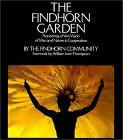
 |
The Findhorn
Garden
Pioneering a New Vision of
Man and Nature Cooperation
by The Findhorn Community
From the Publisher
Over 40 years ago, on windswept and
barren sand dunes in the far north east of Scotland, a miracle was
occurring. The most wonderful plants, flowers, trees and organic vegetables
were growing to enormous sizes in a small plot around a thirty-foot caravan
trailer inhabited by three adults and three children living on £8 a week
unemployment benefit. Guidance by God and absolute faith in the art of
manifestation led them to this apparently unlikely place to create a
magnetic centre which, they were told, would draw people from all over the
world. Their discovery of how to contact and cooperate with nature spirits
and devas made the seemingly impossible possible.
Today, Findhorn is a
thriving village housing hundreds of people from all over the world, with an
organization recognized internationally as a leading centre for spiritual
learning, surrounded by innovative and ecological businesses. The garden has
turned into a huge organic farming initiative feeding hundreds of people.
And all this because of the commitment and dedication of those three
founders, Eileen and Peter Caddy and Dorothy Maclean. In this book, they and
other early co-workers at Findhorn tell their story. |
|
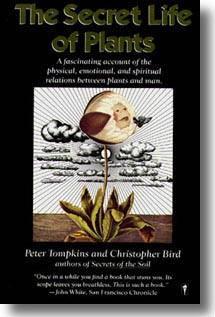
 |
The
Secret Life of Plants
A fascinating account of
the physical, emotional, and spiritual relations between plants and man.
by Peter Thompkins
From the Publisher
Exploring the world of plants and
its relation to mankind as revealed by the latest discoveries of scientists.
The Secret Life of Plants includes remarkable information about plants as
lie detectors and plants as ecological sentinels; it describes their ability
to adapt to human wishes, their response to music, their curative powers,
and their ability to communicate with man. Authors Peter Tompkins end
Christopher Bird suggest that the most far-reaching revolution of the
twentieth century-one that could awe or destroy the planet--may come from
the bottom of your garden. |
|
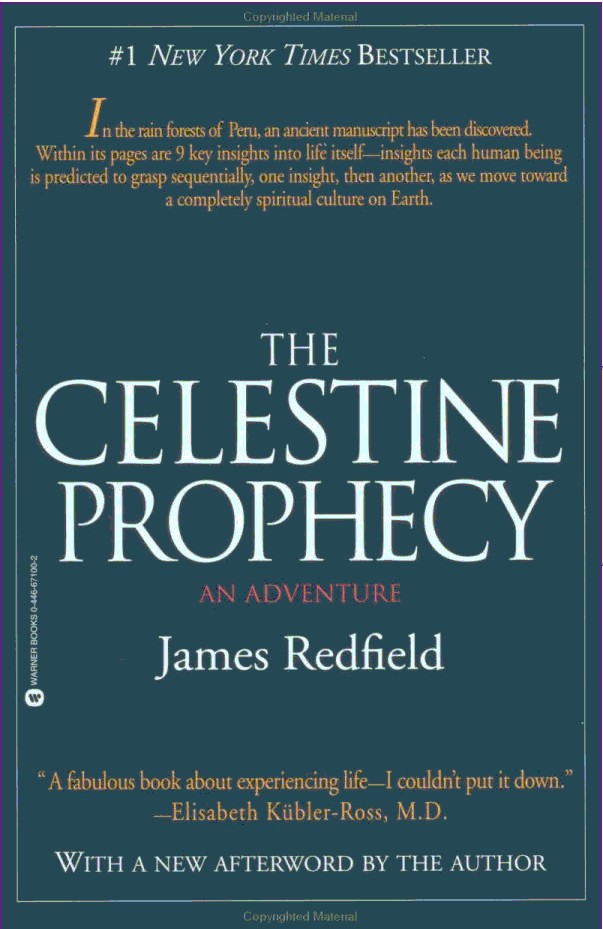
 |
The
Celestine Prophecy
by James Redfield
From the Publisher's Weekly
Redfield's debut is a fast-paced
adventure in New Age territory that plays like a cross between Raiders of
the Lost Ark and Moses's trek up Mt. Sinai. Originally self-published, the
book sold phenomenally, sparked by word of mouth, and may be this year's The
Bridges of Madison County --with which it shares some regrettable stylistic
similarities. The saga begins when the unnamed middle-aged male narrator
whimsically quits his nondescript life to track down an ancient Peruvian
manuscript (pretentiously called the Manuscript) containing nine Insights
that supposedly prophesy the modern emergence of New Age spirituality. South
of the border, he encounters resistance from the Peruvian government and
church authorities, who believe the document will undermine traditional
family values. While dodging evil soldiers, paranoid priests and
pseudoscientific researchers, our hero sequentially discovers all nine
Insights during a series of chance encounters. Redfield has a real talent
for page-turning action, and his lightweight quest employs auras, energy
transfers and other psychic phenomena. But several of the Insights are
incredibly vacuous and politically correct, and long stretches of dialogue
are banal and cliched. The book ends with the protagonist poised to discover
the 10th Insight in a promised sequel. |
|
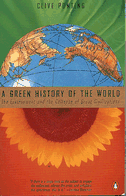
 |
A
Green History of the World
The Environment and the
Collapse of Great Civilization
by Clive Ponting
From the Editors
In an important work that forces
readers to view history with new eyes, Ponting shows in compelling detail
how, over and over, human beings throughout history have prospered by
exploiting the Earth's resources to the point where they could no longer
sustain societies' populations, causing collapse. Publicity to tie in with
Earth Day (April 23rd)
From the Publisher
Why did Rome fall? Historian Clive
Ponting demonstrates in this important book that the answer has urgent
relevance for our modern global civilization. The Roman empire, ever
expanding in population and ever evolving in technological complexity
finally exhausted its bountiful natural resources and experienced an
ecological breakdown that doomed the society.
Ponting shows how the story is
repeated throughout human history and all over the globe, from Sumeria to
ancient Egypt to pre-Columbian North America to tiny Easter Island: Human
beings prosper by exploiting Earth's resources until those resources can no
longer sustain the society's population, which leads to the decline and
eventual collapse of that society.
Provocative and rich in
illuminating detail, sanely and calmly argued, A Green History of the World
forces us to view the nature of history with new eyes. |
|
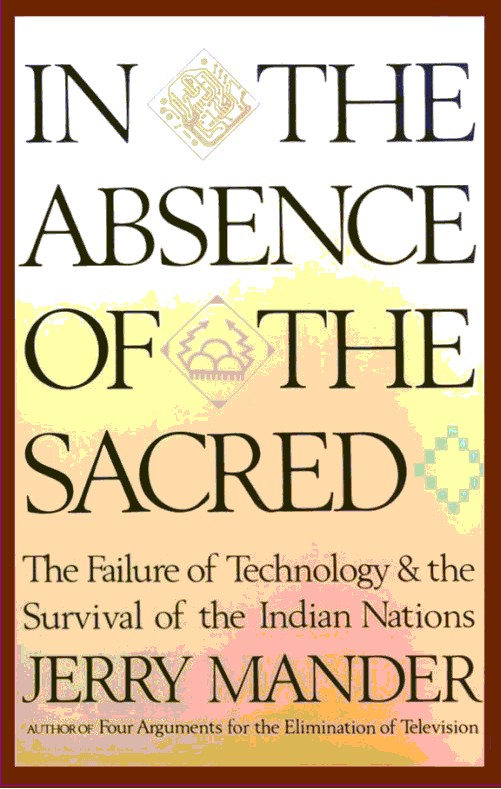
 |
In the
Absence of the Sacred
The Failure of Technology
& the Survival of the Indian Nations
by Jerry Mander
From the Publisher's Weekly
Urging that we come to a fuller
understanding of the perils of technology, Mander examines the
sociopolitical ramifications of innovations, focusing on the resistance of
native peoples. A lively and provocative argument. Copyright 1992 Reed
Business Information, Inc.
From Library Journal
Mander's book is an angry protest
against the uncritical adoption of technology, the expansion of capitalism,
and the centralization of political power. He warns that these trends will
lead to a New World Order dominated by multinational corporations, resulting
in devastation of the earth's natural environment and native cultures.
Mander argues that technologies like television and computers extend
corporate control in society and promote the uncaring consumption of natural
resources. To avoid imminent environmental catastrophe, he contends that we
must adopt the values of Native American cultures that regard the earth as
sacred. Mander, a former advertising executive, writes in compact,
persuasive prose. His book reads like a series of essays. |
|
No
Image
Available
 |
Man's
Rise to Civilization
The Cultural Ascent of the
Indians of North America
by Peter Farb
This book investigates several of
the Native American societies, with detailed accounts of political
structures and decision-making processes. Especially interesting are the
adaptive changes these societies went through under the influence of
European traders and the pressures of colonial invaders.
|

|
